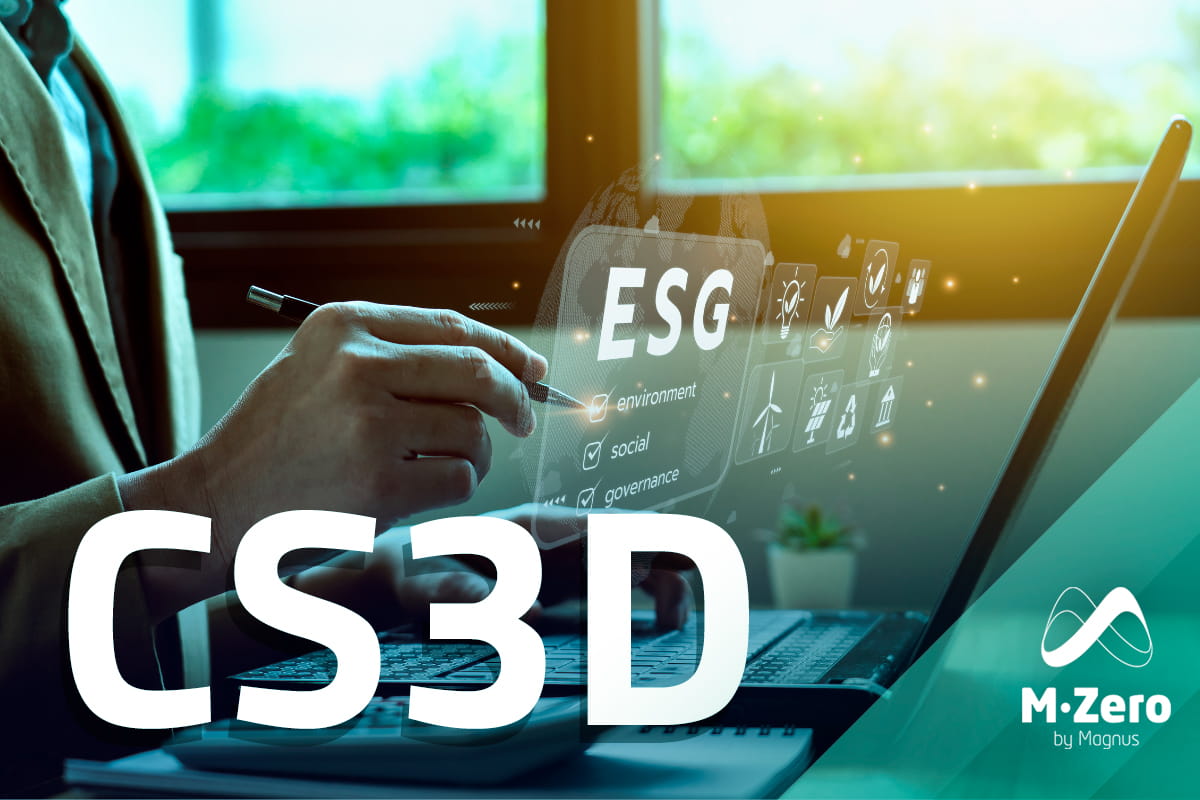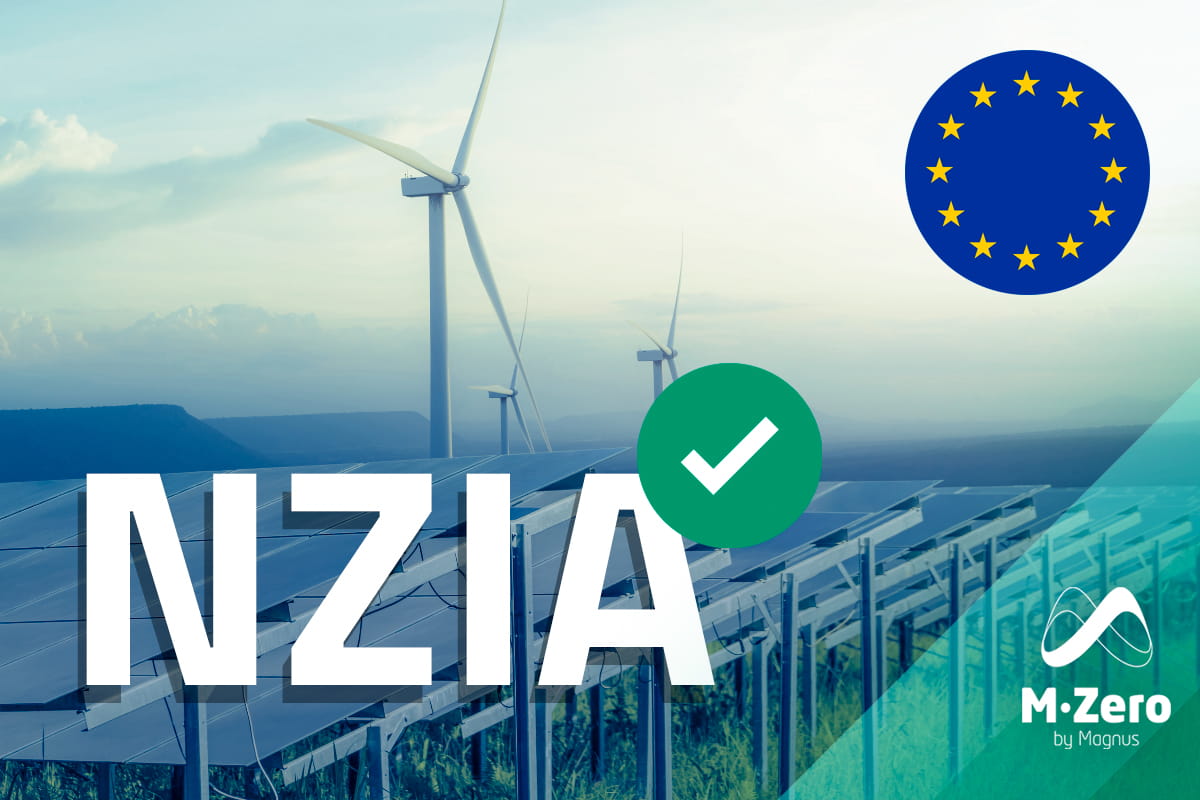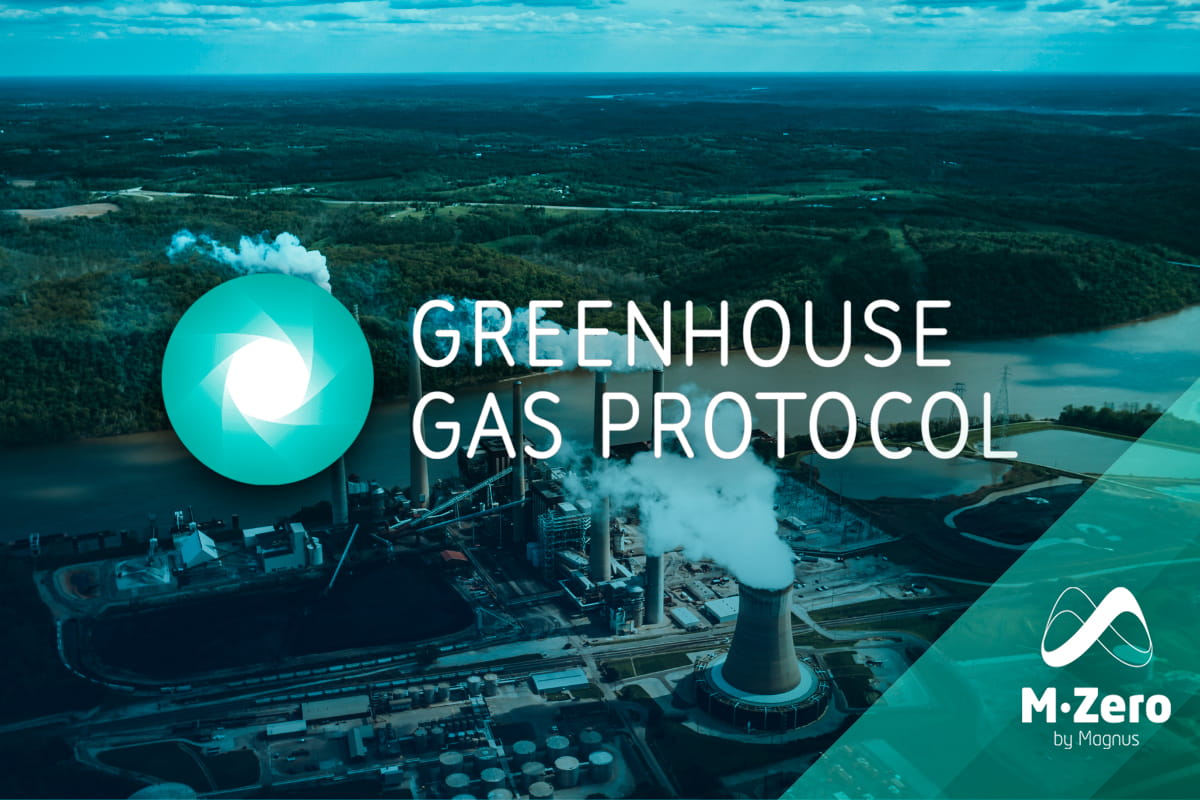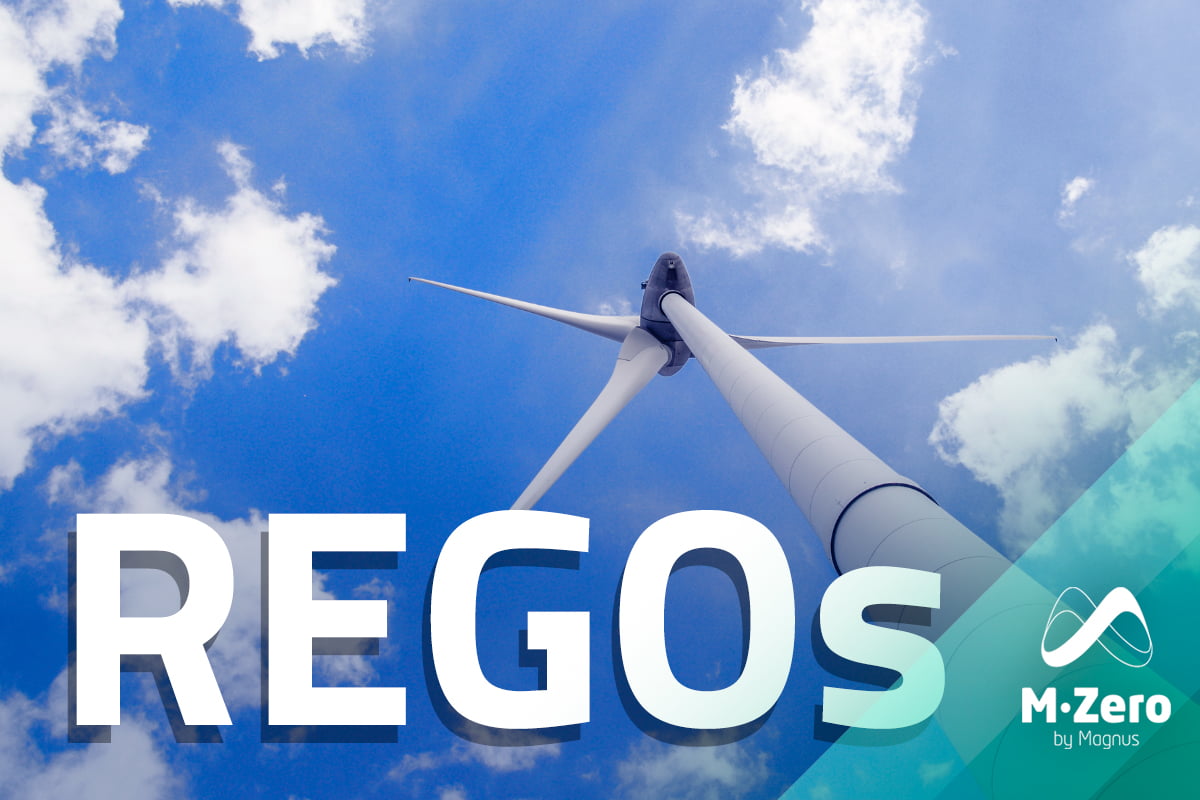
What is beyond doubt is that the path towards sustainability is unstoppable, not a fad, not a niche, but a structural trend that affects all companies, either by their own strategies to be sustainable or by the development of new technologies to pave the way.
And now that firms have reconverted their funds to adapt them to articles 8 and 9 of the SFRD (Sustainable Finance Disclosures Regulation), which provide a boost to sustainable investment, strategies are now incorporating everything that contributes to decarbonization,
An Article 8 fund, for example, is a fund that “promotes environmental and social characteristics” as long as the companies invested in follow good governance practices.
The sustainable strategy roadmap of several investment funds is looking at innovative solutions around ESG such as the introduction of a new environmental transition rating that assesses companies’ efforts to decarbonize their operations.
Establishing decarbonization plans through science-based targets
Greenhouse gases emitted today will remain in the atmosphere for years. The half-life of gases such as carbon dioxide and nitrous oxides is more than 100 years, so emissions must be reduced as soon as possible.
To do this, asset holders will need to hold the companies they invest in to account, urging them to adopt a rigorous and time-bound approach to transitioning their businesses.
Climate change is currently the biggest long-term systemic risk in portfolios, so it is imperative to do this financially, as extreme weather events such as droughts, heat waves and floods are already affecting business around the world.
What is science-based targets?
These are emission reduction targets set by companies that are aligned with the latest climate science. In other words, they reflect emission reductions at the rate required to limit global warming to 1.5°C above pre-industrial levels, in line with the goals of the Paris Agreement.
They are set with a baseline year against which the company measures its emissions reductions. The company will also set the year in which it intends to reach its target. Targets can be short-term (5-10 years) or long-term (more than 10 years, aiming for net zero emissions by 2050, for most sectors).
They cover absolute Scope 1 and 2 emissions (those generated by a company’s business operations and from the heat and energy it uses) and Scope 3 emissions, which are those linked to a company’s products or services, produced from sources beyond its control (such as suppliers or customers).
The Science Based Targets initiative
One option for companies seeking to set science-based targets is to embark on the Science Based Targets (SBTi) initiative. The organization works with companies to assess and validate their targets, as well as provide technical support when needed.
By the end of 2022, more than 4,000 companies representing more than a third of the world’s market capitalization have set targets with SBTi or have committed to setting them.
Differences of Zero Emission Targets x Science-based Targets
There are significant differences between science-based targets and net zero emissions targets.
Science-based targets:
Science-based targets focus on reducing greenhouse gas emissions in line with scientific recommendations to limit global warming to safe levels. These targets usually aim to reduce a specific percentage of total emissions, typically around 90 %.
Net zero emissions targets:
Net zero emission targets go further by recognizing that 100 % reductions may be difficult to achieve in all sectors. They therefore allow for the neutralization of residual emissions through carbon dioxide removal mechanisms, such as carbon offsetting schemes, to achieve a net zero emissions balance. This involves not only reducing emissions, but also offsetting any remaining emissions by removing carbon from the atmosphere.
Currently, the SBTi initiative is eliminating the use of the term offsetting as it can create confusion. Instead, it stresses the relevance of making “investments outside the value chain to finance climate mitigation”. For example, investing in emission removal technologies (e.g. direct air capture and storage) so that they are available to neutralize residual emissions.
A sign of commitment to investment allocation
The Funds look at science-based targets when assessing whether a company qualifies for eligibility, with indicative interactions such as:
- They ask companies to conduct an emissions inventory, including Scope 3 emissions, as a prerequisite for setting science-based targets
- Encourage companies to commit to such targets and to stay on track to ratify them through the Science Based Targets initiative
- Require a clear articulation of the company’s decarbonization strategy, including measurable milestones for achieving its targets
- Call for the company to publicly align its fixed asset investments with the decarbonization strategy.
- Encourage executive remuneration to be linked to decarbonization and other sustainability goals, while putting in place clear governance oversight of climate strategies.
Fast and steady
By setting science-based targets and not relying on offsets for carbon reduction, the private sector will be doing its best to address climate risk and accelerate the transition.
While net zero is the goal, near-term targets based on climate science are the benchmark to get there. The evolving situation requires a change of course; and the sooner the process starts, the better.
If you found it interesting, please share it!
Recent Articles


































